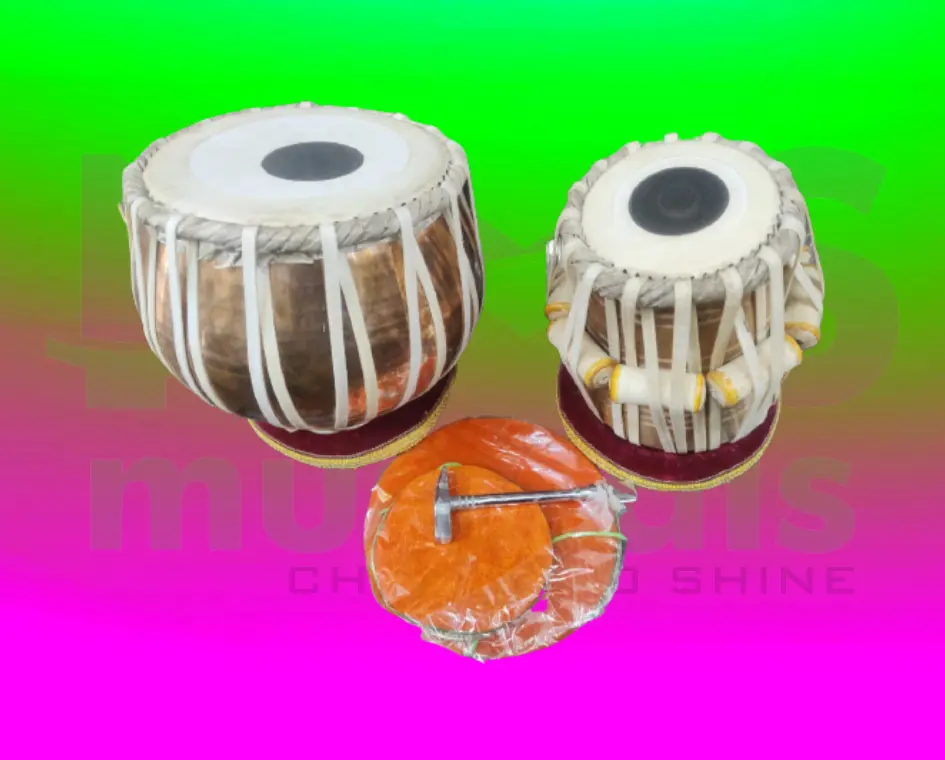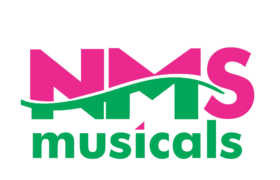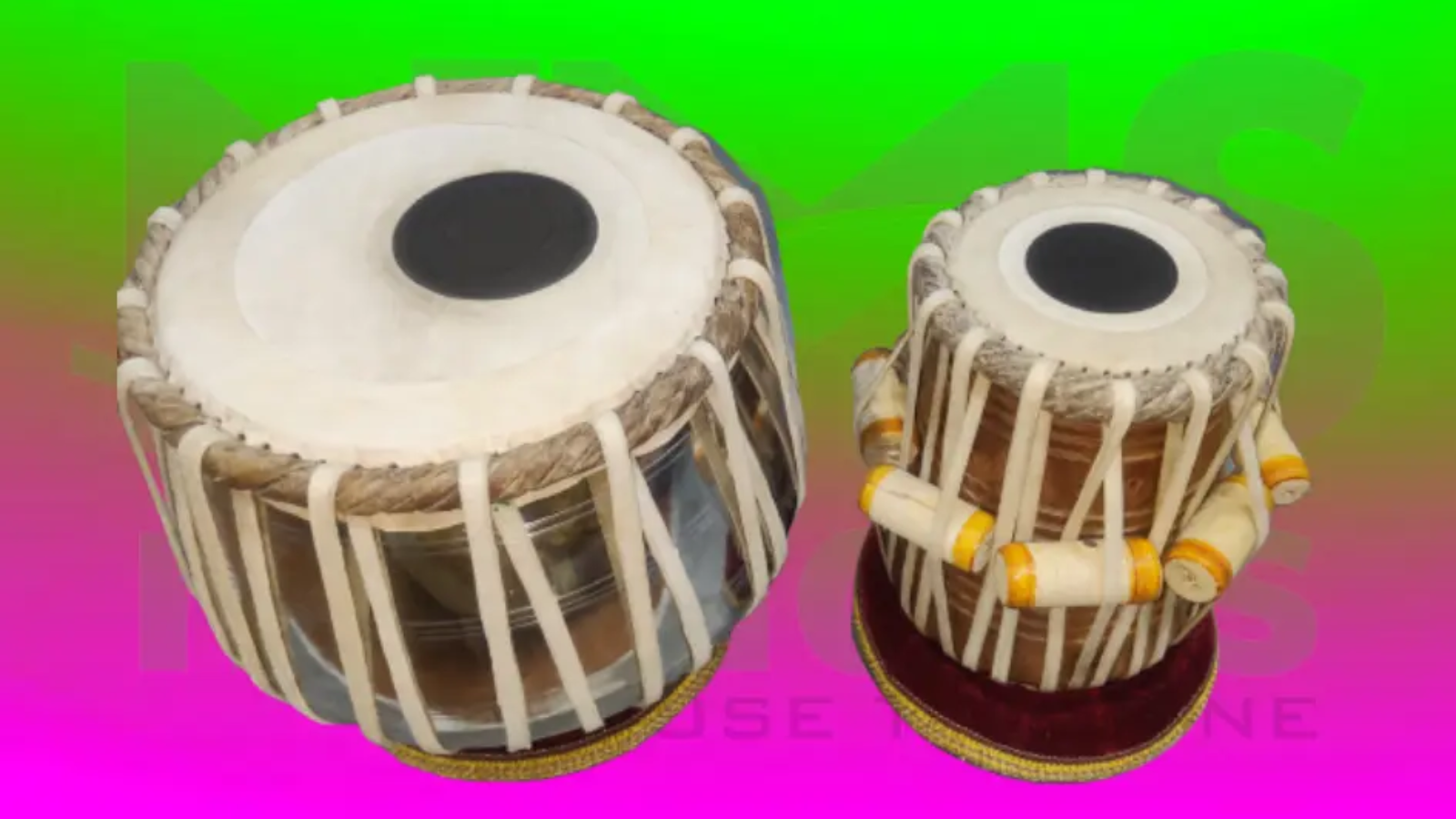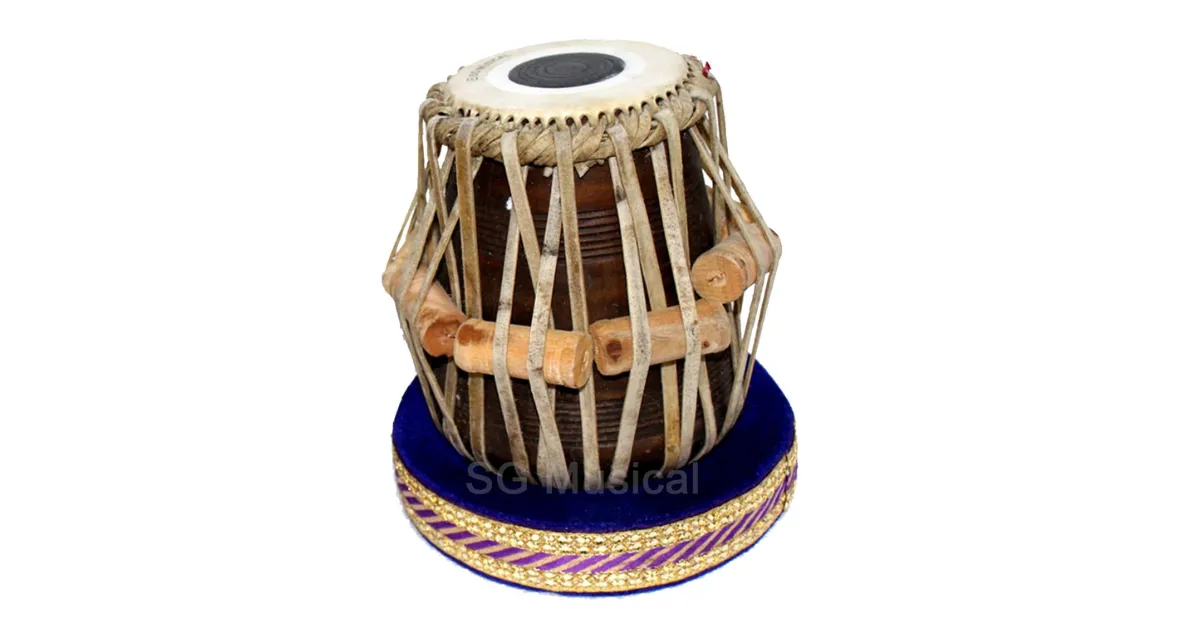This complete guide to Indian tabla helps you understand and master its art.

The Indian tabla is one of the most expressive percussion instruments in the world. Deeply rooted in Indian classical music, this twin-drum instrument carries a cultural and musical legacy that has transcended centuries. Whether you’re a student, teacher, or music enthusiast, understanding the tabla is crucial for diving deep into the rhythms of Indian music.
1. The History of Tabla
The tabla has a fascinating origin, believed to have evolved from the ancient Indian percussion instruments like the pakhawaj and mridangam. It became more prominent during the 18th century in North India and has since become an integral part of Hindustani classical music.
2. Understanding the Tabla’s Structure
The tabla consists of two drums:
- Dayan (Right Drum): Made of wood, usually sheesham or rosewood, tuned to the tonic note of the raga.

- Bayan (Left Drum): Larger, made of metal (brass, copper) or clay, and provides the bass sound.
Each drum features a black spot known as “syahi,” composed of iron filings and paste, which contributes to the unique sound of tabla.
3. Different Types of Tabla
- Concert Tabla: Used by professional musicians; finely crafted with high-quality materials.
- Student Tabla: More affordable and suitable for learners.
- Folk Tabla: Used in regional or folk performances, less refined in structure.
- Electronic Tabla: Used for practice or modern fusion music.
4. Key Materials and Components
- Wood Types: Sheesham, neem, and rosewood for dayan.
- Metal Choices: Brass and copper for bayan.
- Skins: Goat or cowhide used for the drum heads.
- Tuning Blocks: Cylindrical wooden pieces inserted between the straps.
5. Basic Tabla Playing Techniques
Tabla playing involves a variety of strokes known as “bols.”
- Na: Sharp stroke on the rim of dayan.
- Tin: Open stroke on the center.
- Dha: Combination of na and ghe.
- Ge: Bass stroke on bayan.
Learning tabla involves mastering these bols and composing them into rhythmic patterns or “taals.”
6. Popular Tabla Taals
- Teentaal (16 beats)
- Keharwa (8 beats)
- Dadra (6 beats)
- Jhaptal (10 beats)
- Rupak (7 beats)
Each taal follows a cyclical pattern with stress points that align with musical compositions.
7. Learning the Tabla: Beginner to Advanced
- Start with Theory: Learn the names of strokes, parts of the tabla, and taals.
- Practice Basic Bols: Repeat bols daily to develop finger control and accuracy.
- Play Simple Taals: Keharwa and Dadra are good starting points.
- Advance to Complex Rhythms: Once comfortable, move to Teentaal and Jhaptal.
- Accompaniment Practice: Learn to play with vocals, harmonium, and sitar.
8. Importance of Tabla in Indian Music
Tabla is central to Hindustani classical music, Bhajans, Ghazals, Kathak dance performances, and modern fusion. It adds rhythm and emotion to performances, highlighting the importance of percussive storytelling in Indian music.
9. How to Choose the Right Tabla
- Purpose: Are you a beginner, intermediate player, or concert artist?
- Material: Opt for high-quality wood and metal.
- Brand: Reliable Indian brands like Haridas Vhatkar, Akbar Mian, or Bina.
- Sound Quality: Test the tonal clarity and balance between dayan and bayan.
- Accessories: Look for a good-quality ring set, tuning hammer, and carry bag.
10. Common Maintenance Tips
- Keep Dry: Avoid exposure to moisture; always store in a dry place.
- Cover After Use: Use cloth covers to prevent dust accumulation.
- Tighten Straps: Regularly check and adjust the tension using a tuning hammer.
- Reapply Syahi: Get it professionally re-applied once it wears out.
- Use Cushion Rings: Protect the base of the drums.
11. Tabla Care Essentials for Indian Climate
- Humidity Control: Use silica gel or dehumidifiers during monsoon.
- Regular Cleaning: Wipe with a dry cloth after every use.
- Avoid Direct Sunlight: Keep away from harsh sunlight to prevent skin cracking.
12. Famous Indian Tabla Players
- Zakir Hussain: A living legend, known for his speed and grace.
- Alla Rakha: Zakir Hussain’s father, known for classical excellence.
- Anindo Chatterjee: Master of Farukhabad gharana.
- Swapan Chaudhuri: Known for his mastery in solo and accompaniment.
13. Online vs Offline Learning
- Offline Learning: Best for hands-on feedback and traditional experience.
- Online Classes: Great for flexibility and access to global teachers.
- Hybrid Learning: Combines best of both worlds for consistent progress.
14. Tabla in Modern Indian Fusion
The tabla is now widely used in Indian film music, Indo-jazz, and world fusion projects. Artists collaborate with Western musicians, making tabla a global percussion icon.
15. Tabla for Kids: A Good First Instrument?
Yes! Tabla is excellent for:
- Developing Rhythm Sense
- Enhancing Focus
- Learning Cultural Values
Choose smaller-sized tablas for children and ensure daily supervised practice.
Conclusion
The Indian tabla is more than just an instrument—it’s a gateway to India’s rich musical traditions. Whether you’re a student starting your musical journey or an experienced artist deepening your rhythm vocabulary, the tabla offers an expressive, vibrant path to mastery. With the right tabla, consistent practice, and proper care, anyone can become proficient in this amazing percussion art. Embrace this timeless instrument and let your rhythm speak!
At NMS Musicals, we offer a comprehensive range of musical instruments, including percussion, string, wind, and keyboard instruments. Our services encompass sales, expert servicing, and the manufacture of leather instruments. Explore our diverse collection and find the perfect instrument to suit your musical needs.
Visit our website to browse our offerings: nmsmusicals.in
For a closer look at our products, check out our shop page: nmsmusicals.in/shop
Stay connected with us through our social media channels:
- Facebook: https://www.facebook.com/nmsmusicalinstruments/
- Instagram: https://www.instagram.com/nmsmusicals/?hl=en
- YouTube: youtube.com/@nmsmusicals
Our shop locations are:
- Puducherry: 149, Perumal Koil Street, Heritage Town, Puducherry, 605001.
Map Link: https://maps.app.goo.gl/ejDwBBFEJmd3szxk7 - Chennai: No: 1, 1st Floor, Kandigai Street, TVS Nagar, Korattur, Chennai – 600076.
Map Link: https://maps.app.goo.gl/7oXmB6X7KQsqeuuw9
For inquiries, contact/Whatsapp us at 9500663895 or email us at laxman.m89@gmail.com.
Discover the world of musical instruments with NMS Musicals today!
For a visual overview of our percussion instruments, watch the following video:


 Cart is empty
Cart is empty 

Leave A Comment
You must be logged in to post a comment